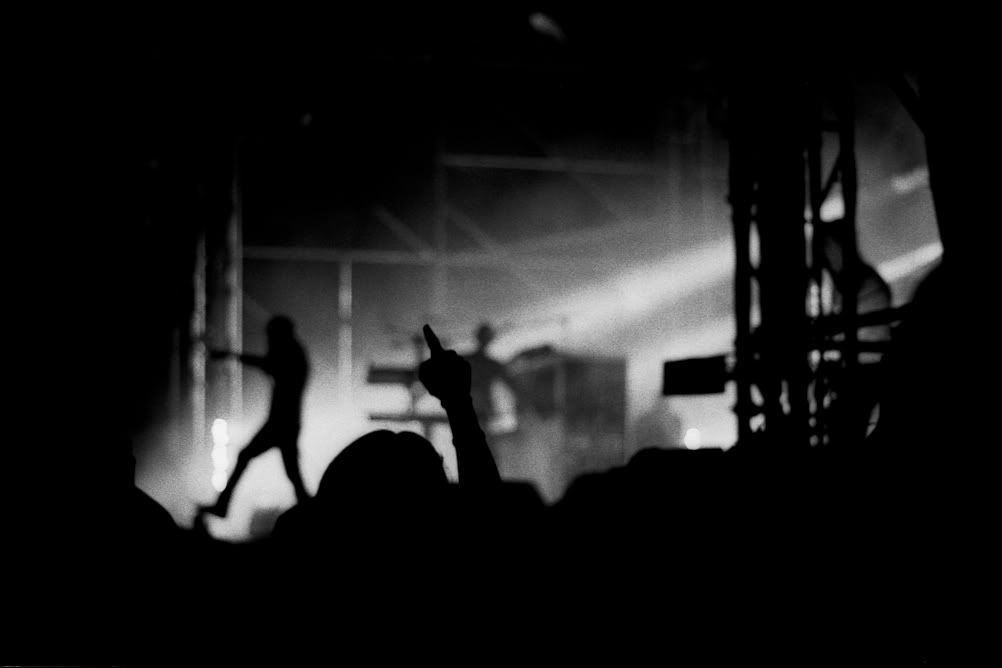johannielscom
Snorting silver salts
Tri-X 400 rated @ 800 and developed in D76 by DigitalTruth data:

Berlin street view by Johan Kuiper, Portretteur.nl, buzzardkid, on Flickr

View on Berlin by Johan Kuiper, Portretteur.nl, buzzardkid, on Flickr
This was my debut with both Tri-X and D76. Suffered some calcium stains and spots, but have already devised a way to get rid of those next time...

Berlin street view by Johan Kuiper, Portretteur.nl, buzzardkid, on Flickr

View on Berlin by Johan Kuiper, Portretteur.nl, buzzardkid, on Flickr
This was my debut with both Tri-X and D76. Suffered some calcium stains and spots, but have already devised a way to get rid of those next time...



